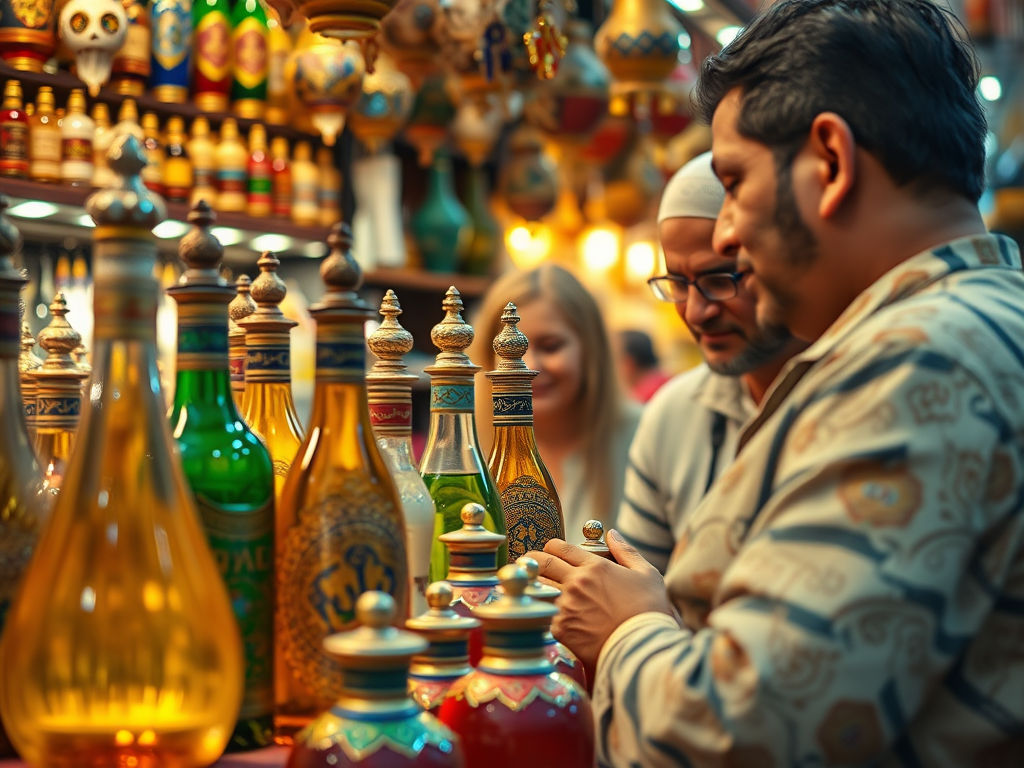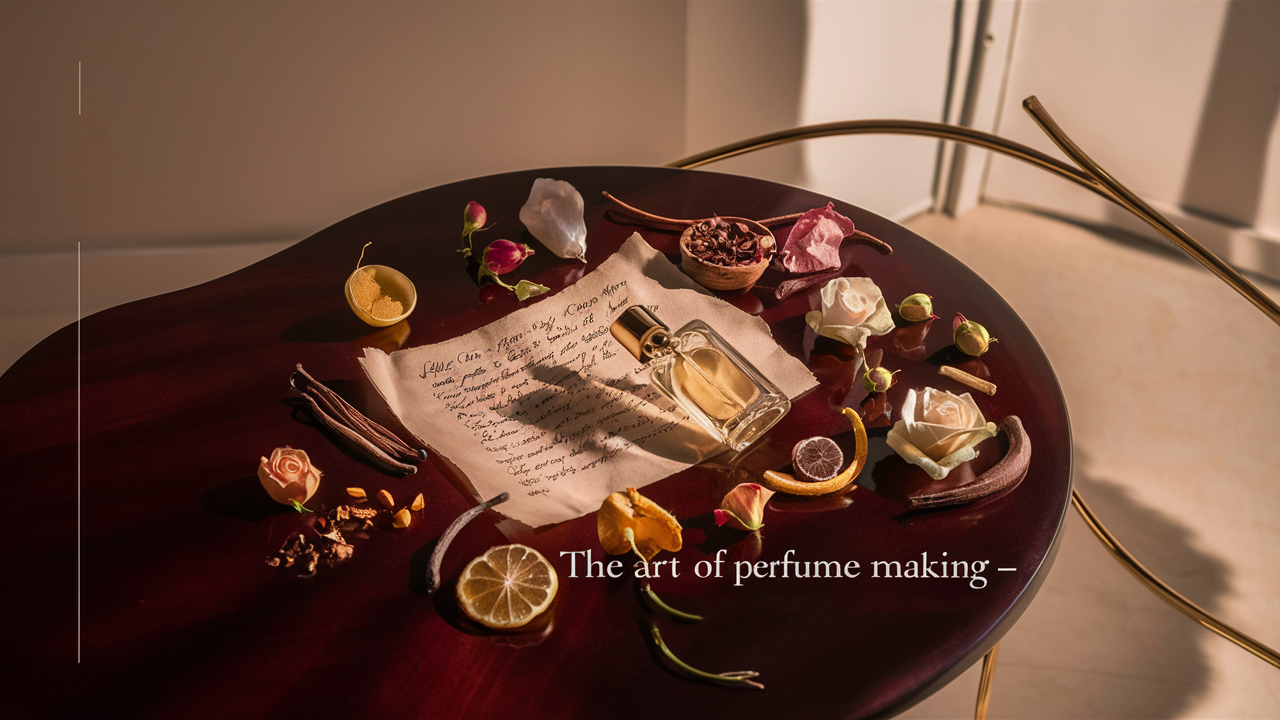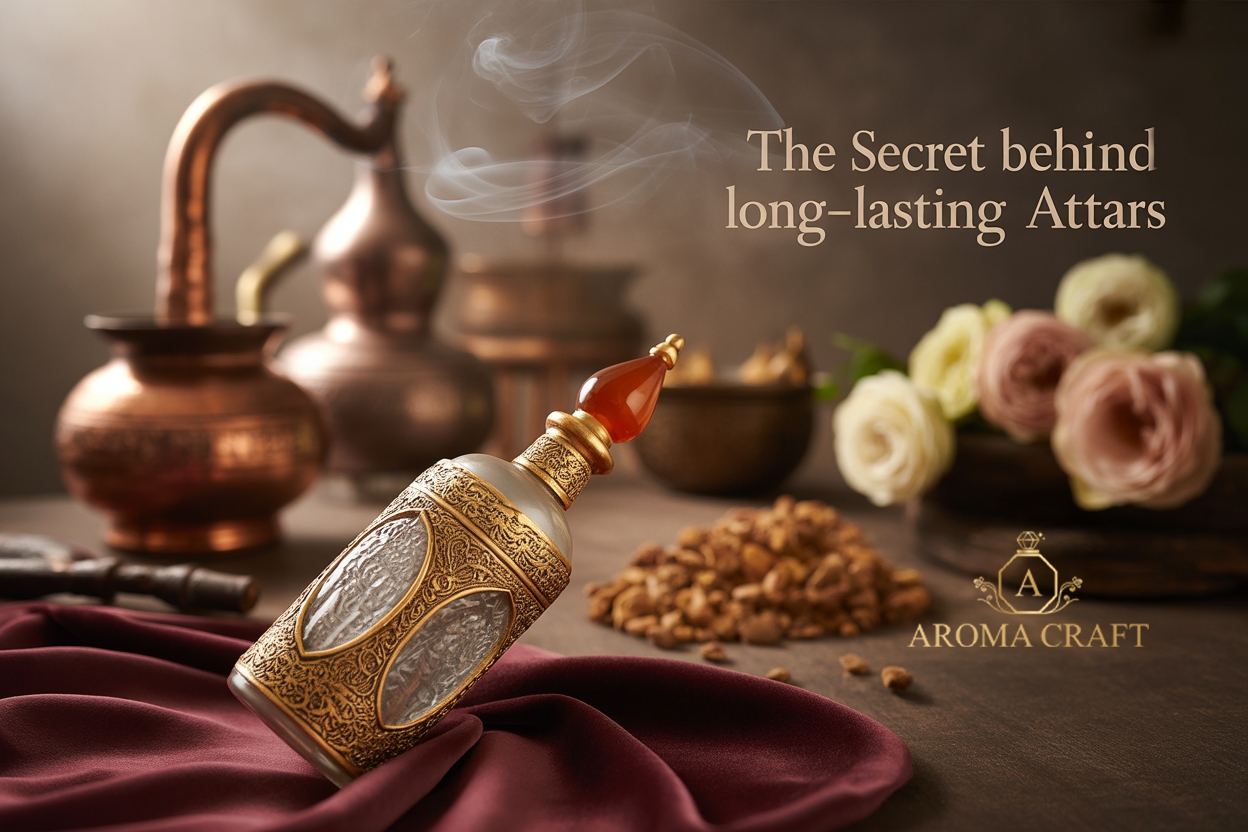India has a rich heritage of fragrance that dates back thousands of years. This heritage intertwines with the country’s culture, tradition, and artistry. The fragrance sector in India has evolved significantly, merging ancient techniques with modern innovations to create unique and captivating perfumes. In this blog, we will explore the various manufacturing techniques used in Indian perfume production. We will highlight the craftsmanship and creativity behind some of the world’s most cherished scents.
1. The Historical Context of Indian Perfumes
The art of perfumery in India has ancient roots. It dates back to the Vedic period. During this time, it was closely linked to religious rituals and Ayurvedic practices. Ingredients like sandalwood, rose, and jasmine were used for their aromatic properties. Various spices provided therapeutic benefits. Today, this historical knowledge is blended with modern techniques to create perfumes that resonate with contemporary consumers.
2. Sourcing Raw Materials
The first step in Indian perfume manufacturing is sourcing high-quality raw materials. India is home to diverse flora, and many regions are known for specific fragrant plants:
- Floral Extracts: India is famous for its rich variety of flowers. These include roses from Kannauj, jasmine from Madurai, and marigold from various states. These flowers are often harvested early in the morning when their aroma is at its peak.
- Essential Oils: Techniques like steam distillation and solvent extraction are used to obtain essential oils from plants. For example, sandalwood oil, a signature Indian fragrance, is extracted through steam distillation, capturing its rich and smooth aroma.
- Natural Resins and Aromatic Woods: Materials like frankincense and myrrh are significant in Indian perfumery. Various fragrant woods, including cedar and agarwood (oudh), also play a crucial role. These materials are often obtained sustainably to honor traditional practices.
3. Extraction Techniques
The extraction of fragrances from raw materials is critical to the manufacturing process, and different techniques yield varying intensities and qualities of scent:
- Steam Distillation: This is one of the most common techniques used for extracting essential oils in India. The raw plant material is subjected to steam, which vaporizes the volatile compounds. The vapor is then cooled, producing liquid essential oils.
- Solvent Extraction: For delicate flowers that lose their fragrance through heat, solvent extraction is preferred. A solvent dissolves the aromatic compounds, creating a concentrated form known as an absolute.
- CO2 Extraction: A modern method has gained traction in recent years. CO2 extraction uses carbon dioxide under pressure. This pulls compounds from the plant. This process preserves the integrity of the scents and produces highly concentrated oils.
4. Blending and Formulation
Blending is an art form in itself. Artisans combine various essential oils, absolutes, and aroma compounds. They create unique fragrance compositions. This step involves:
- Top, Middle, and Base Notes: Perfumers skillfully layer different scents. They craft top notes, which are the first scents. They also create middle notes, known as the heart of the fragrance. Finally, they develop base notes, which leave lasting impressions. This harmonization ensures a well-rounded scent experience.
- Trial and Error: The blending process often involves extensive testing and refinement. Perfumers experiment with proportions and combinations. They do this to achieve the desired aroma.
5. Aging and Maturation
Once blended, perfumes are subjected to an aging process. This step allows the fragrance to mature, enabling the different notes to meld and evolve. Aging times can vary. They range from a couple of weeks to several months. The duration depends on the complexity and desired character of the perfume.
6. Bottling and Packaging
After aging, the perfume is filtered to remove any impurities before being bottled. The packaging is a vital aspect of the final product, as it reflects the brand’s identity. In India, many brands leverage traditional and environmentally friendly materials. These include glass and recyclable packaging. These are often adorned with intricate designs that tell a story.
7. Traditional vs. Modern Techniques
While traditional approaches stay prevalent, modern technology is increasingly integrated into Indian perfume manufacturing:
- Automation: Some processes, like filling and bottling, have become automated, improving efficiency while maintaining quality.
- Digital Innovations: Brands are using data analytics. They also use consumer feedback to understand market trends and consumer preferences. This approach allows them to tailor their offerings to changing demands.
8. The Future of Indian Perfume Manufacturing
As global interest in Indian fragrances grows, there is a burgeoning opportunity for Indian perfume manufacturers to expand their reach. By combining traditional artistry with modern techniques, Indian perfumers have the potential to create unique fragrances that resonate globally. The emphasis on sustainability and natural ingredients also positions Indian players favorably in a market increasingly driven by Eco-conscious consumers.
Conclusion
The art of perfume manufacturing in India is a captivating blend of tradition and innovation. The journey from nature to fragrance involves several steps. It starts with sourcing exquisite raw materials. Then, diverse extraction techniques are employed. Skilled blending is also crucial. Each step is steeped in cultural significance. As the global perfume market continues to evolve, Indian perfumers have the opportunity to make their mark. They can enrich the world with the unique scents that tell the story of their heritage.
The future of Indian perfumery promises to be as fragrant as its storied past. It will enchant new generations of scent lovers both locally and internationally.







